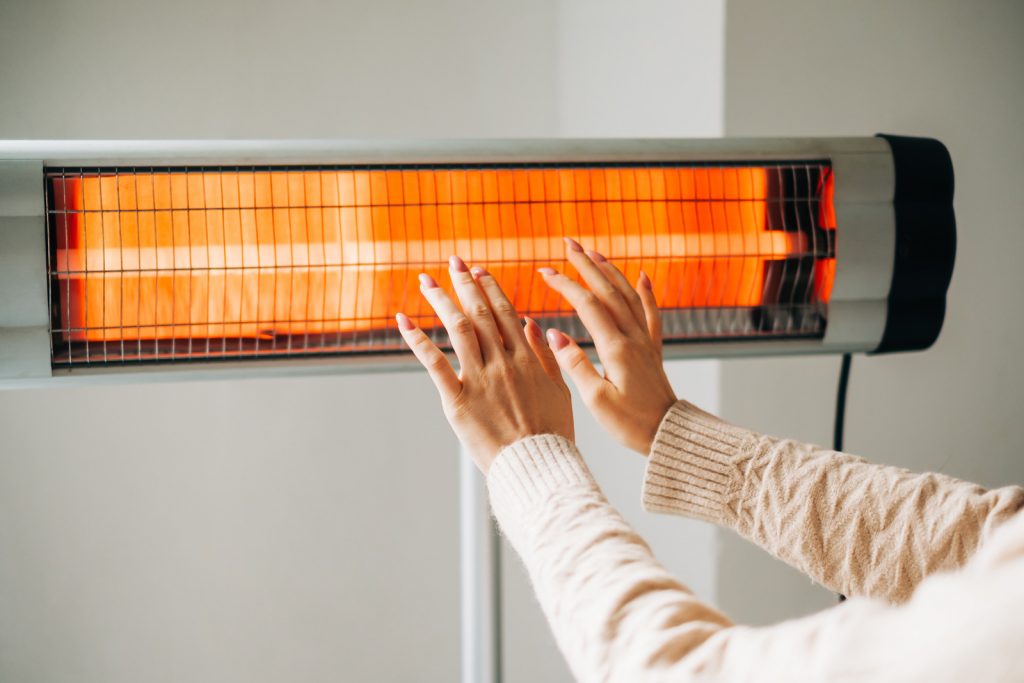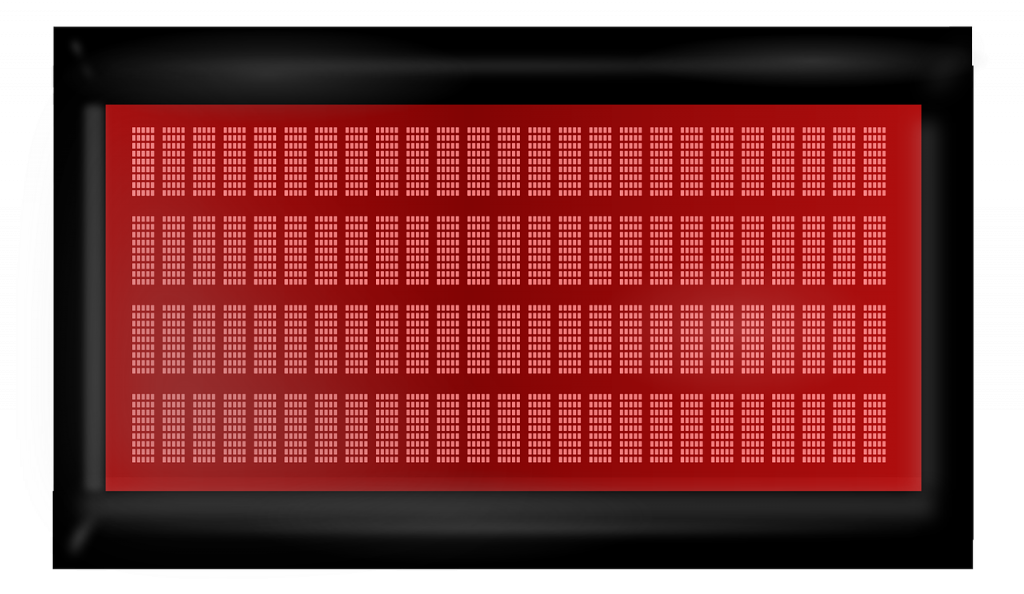As homes come in all sorts of shapes and sizes, and mains gas isn’t available everywhere, it’s lucky we have a good choice of electric heating available to suit everyone, because people prefer different temperatures for comfort. Here are some of the advantages electric heating has over gas.
So which is the electric heater to run? In terms of cost per hour, it is the electric radiator due to its lower power output. But the answer isn’t as clear-cut as that. You have to consider the power output of each appliance: the greater the output the quicker it will heat your home.

Electric Heating advantages over gas heating: –
- Available to every home because it doesn’t need mains gas access
- Easier to install than gas central heating in many cases
- Greater control of temperature in individual rooms
- Don’t need to turn on the whole heating system to heat one room up
- Have more advanced thermostat controls in each room than gas radiator TRVs
- Don’t need annual servicing like gas boilers so lower maintenance costs
What is the cheapest electric heater to run?
As almost everyone knows, electricity prices are more expensive than gas prices per unit, so it’s vital we choose the most cost-effective electric heating. Here we look at which type of electric heater is available and which is the cheapest to run:
| Appliance – heater type | Approx. cost to run per 7 hour period | Space heating or directional |
| Storage heater 2.5kW | £2.25 | Space |
| Fan heater 2.4kW | £2.15 | Directional |
| Oil filled 1.5kW | £1.80 | Space |
| Halogen heater 1.2kW | £1.10 | Directional |
| Infrared heaters 1.5kW | £1.40 | Directional |
| Electric radiators 1kW | £0.90 | Space |
How Storage heaters work and their costs
Storage heating works by storing up heat at night at the cheapest electricity unit price and then releasing it gradually throughout the day. They tend to be big and bulky and fixed to the wall so are not portable.
Each storage heater works individually, so you can choose different heat settings for different rooms. To take advantage of the cheaper tariff, your electricity meter has to be capable of measuring night and day readings separately.
A typical storage heater unit can cost around £400 and to run a typical 2.5kW unit for a 7 hour heating period can cost around £2.25 per day at the current electricity prices taking advantage of the cheaper Economy 7 or 10 tariffs at night
How Fan heaters work and their costs
These units heat up a metal coil and the fan blows the hot air produced into the room. The advantages of fan heaters are that they are compact and easy to move around. They also give instant heat and compared to other types are cheap to buy.
They are preferable when looking to heat a room for a short time. The problems are that they must be constantly on to give heat as they don’t give out any residual heat after being switched off. Plus they don’t heat up a large room very well.
A 2.4kW oscillating fan heater can cost as little as £19.99. If they’re not going to be used between midnight and 7am, they’re going to cost around £2.15 per day for a 7 hour heating period.
How Oil filled electric heaters work and their costs
These electric powered heaters heat the oil inside them which circulates through the fins or columns and as they get hot, the heat is released into the air through convection. They are slow to heat up to full but can last longer, even when switched off. Plus they are very efficient and don’t have to run continually to give warmth. They are also portable with many having wheels to be moved around easily.
Oil filled radiators cost upwards of £20. For a typical 1.5kW power rating, the running cost will be around £1.80 per 7 hour heating period, as these type of heaters can typically be turned off earlier as they give out heat for some time after they’re switched off.
How Halogen heaters work and their costs
A halogen heater gives off radiant heat which means it doesn’t need to heat the air around us to keep us warm, it goes straight to you. This is why they are regularly seen in outdoor settings like patios and terraces and they heat up to full quickly. Halogen heaters are also lightweight and portable.
They can quickly provide heat on turned on but as soon as you turn them off, the heat quickly dissipates. In terms of disadvantages, they’re not ideal for large areas for space heating as they are directional and will only heat what they are facing.
A 1.2kW halogen heater, which is the typical size costs around £20 to buy for a basic model and in terms of running costs will be about £1.10 per day.

How Infrared heaters work and their costs
An infrared heater warms up a space by emitting electromagnetic waves into the air but doesn’t actually heat the air up, instead it heats up whatever object – people or furniture etc, the waves come into contact with. So they are different from convection heaters.
The advantages are that the heat lasts for a while even after the heater is switched off; because the air isn’t warmed up but the object, draughts are not as big a problem as with convection heaters. An infrared heater can be moved around easily. An infrared panel heater is also easy to install and some firms now include this in the price.
Prices for infrared heaters start from £100 and get more expensive with higher power output and more features in them. In terms of running costs, depending on the size of it, say it is 1.5kW; the infrared heater will cost around £1.40 per day for a 7 hour heating period.
How Electric radiators work and their running costs
Electric radiators can be installed just like central heating radiators but they don’t need to be connected to any other radiator and can work on their own in each room. They’re usually filled with an oil or liquid which warms up through an electric current and emit heat through convection and some radiant heat. The wall mounted units only require a plug socket and can heat a room up much faster than gas central heating.
Electric radiators cost from £150 upwards depending on size and heat output and they become more expensive with better features. The cost to run one heater is about £0.90 per day for a typical 1kW output.
Conclusion
You will need to check if it’s a space heater that warms the room up or is directional to heat objects and individuals, this is important if there is a family to keep warm or just one or two people. They all have their pros and cons but because of the variety of appliances available, you will even be able to mix and match to suit each room and needs.
